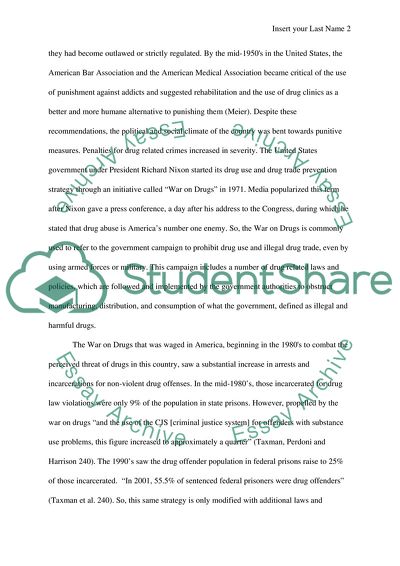Cite this document
(“War On Drugs Essay Example | Topics and Well Written Essays - 1250 words - 1”, n.d.)
War On Drugs Essay Example | Topics and Well Written Essays - 1250 words - 1. Retrieved from https://studentshare.org/sociology/1664212-war-on-drugs
War On Drugs Essay Example | Topics and Well Written Essays - 1250 words - 1. Retrieved from https://studentshare.org/sociology/1664212-war-on-drugs
(War On Drugs Essay Example | Topics and Well Written Essays - 1250 Words - 1)
War On Drugs Essay Example | Topics and Well Written Essays - 1250 Words - 1. https://studentshare.org/sociology/1664212-war-on-drugs.
War On Drugs Essay Example | Topics and Well Written Essays - 1250 Words - 1. https://studentshare.org/sociology/1664212-war-on-drugs.
“War On Drugs Essay Example | Topics and Well Written Essays - 1250 Words - 1”, n.d. https://studentshare.org/sociology/1664212-war-on-drugs.


